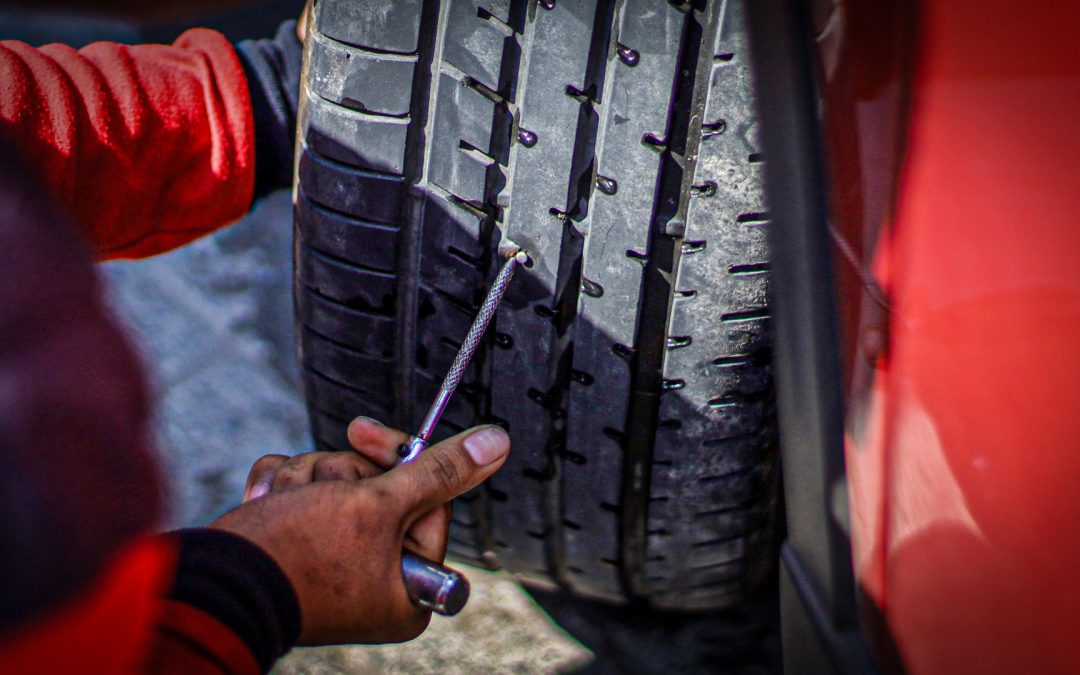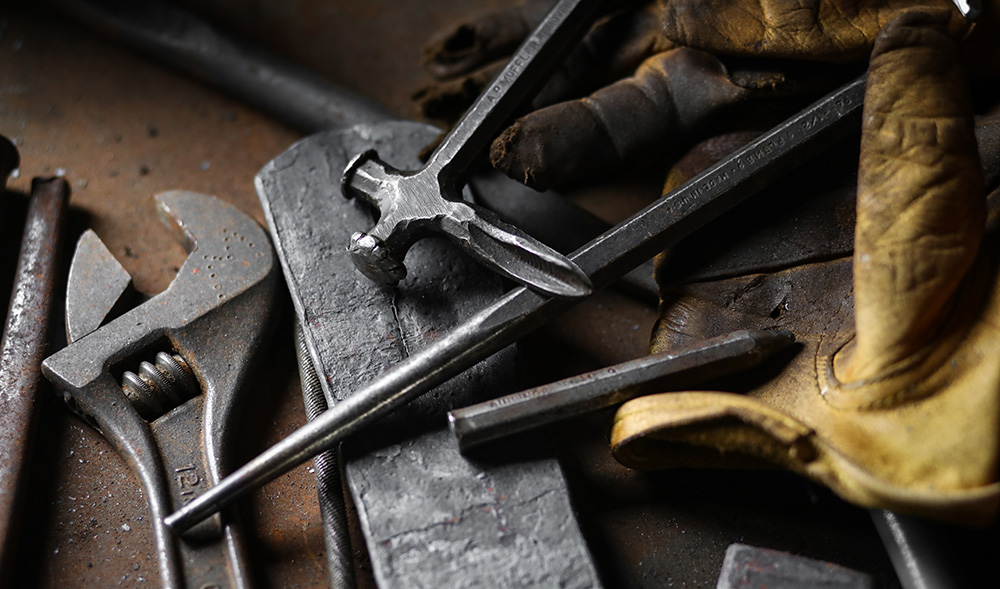Patching a punctured tire is a common job, but are you up to date on the latest guidance for safe plug locations?

Rebuilding ratchets, cleaning the welder tips and nozzles, and oiling air tools all fall under the umbrella of things we know we should do, but don’t until a job stops. Dressing chisels and punches, however, is a housekeeping task I’ve found not everyone knows they should be doing. In the spirit of safety: dress your punches and chisels!
Chisels and punches need maintenance. The business end of your chisels and taper punches can deform under use as you likely know. (You’re not beating the tar out of your pin punches, I would hope.) Chisels occasionally need their edges restored, and punches sometimes need to be cleaned up as well. I personally prefer a nice round, flat striking face on my punches, just like my tools had when they were new. Same goes for the chisels: a nice cutting edge simply makes them work better.
However, it’s the other end that gets dangerous. The end you beat on, I mean. The harder you hit it, the more it peens over—they “mushroom.” Those mushroomed sections, though, turn into a giant liability, because occasionally they break free. I’ve busted them myself when I was younger and dumber. Now I know better. I dress my tools—both ends.

Photo by: Justin Mondschein.
Most of my friends and colleagues take this job on with a bench grinder. Most also keep a little cup of water handy so as to not ruin the temper of the tool. A flap disc or belt sander works well, too. I’ve used a file more than once; even that only takes a few swipes if you keep up with the work. I do the business end, then put a little taper on the striking end, and then back in the box they go, ready for work when I need them.
No matter how you do it, take a peek at your striking tools and make sure peepers and paint aren’t gonna get damaged. Don’t forget your splitting wedges at home if you burn wood—those are usually the worst offenders.
Photos by: Justin Mondschein.
The articles and other content contained on this site may contain links to third party websites. By clicking them, you consent to Dorman’s Website Use Agreement.
Participation in this forum is subject to Dorman’s Website Terms & Conditions. Please read our Comment Policy before commenting.